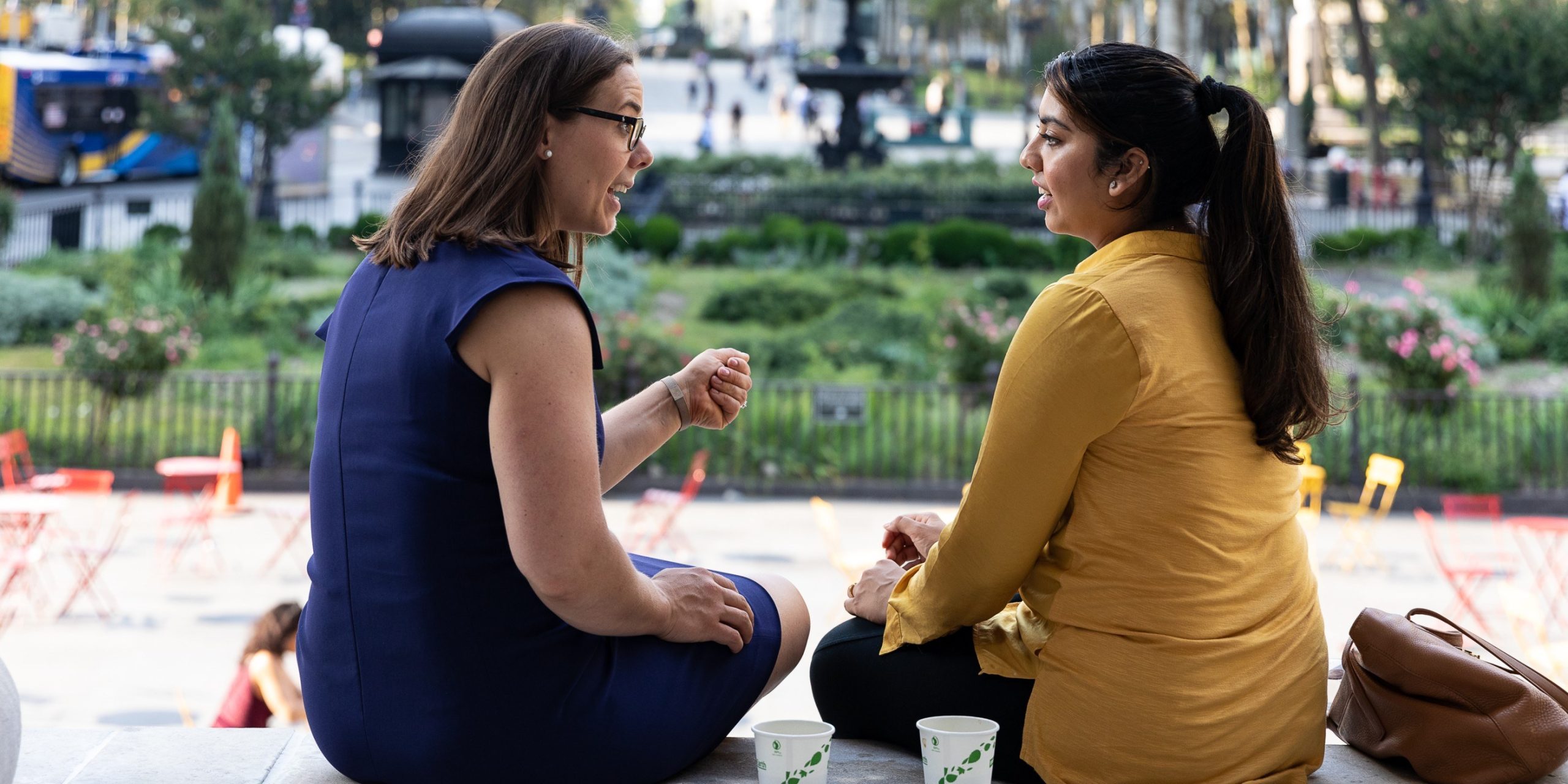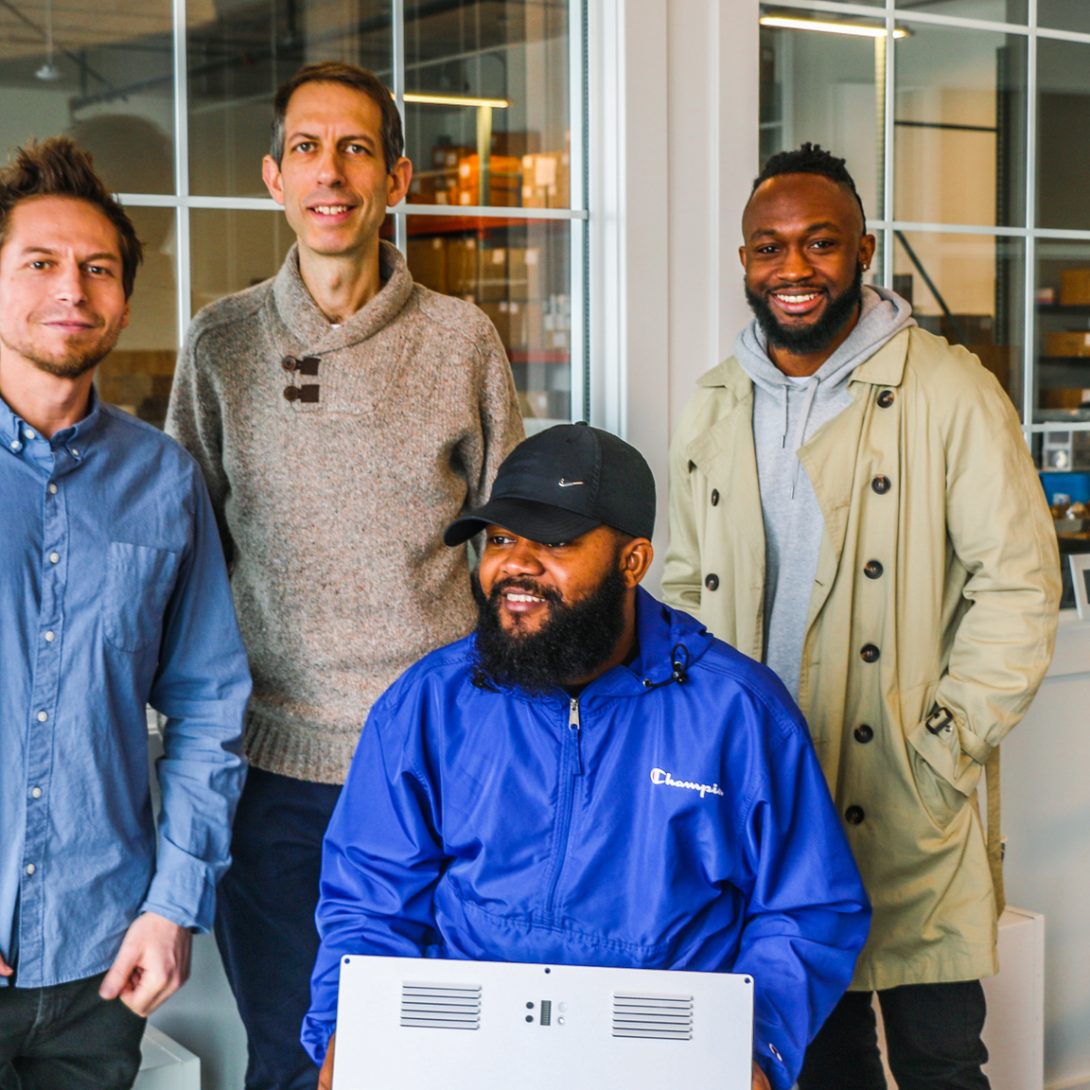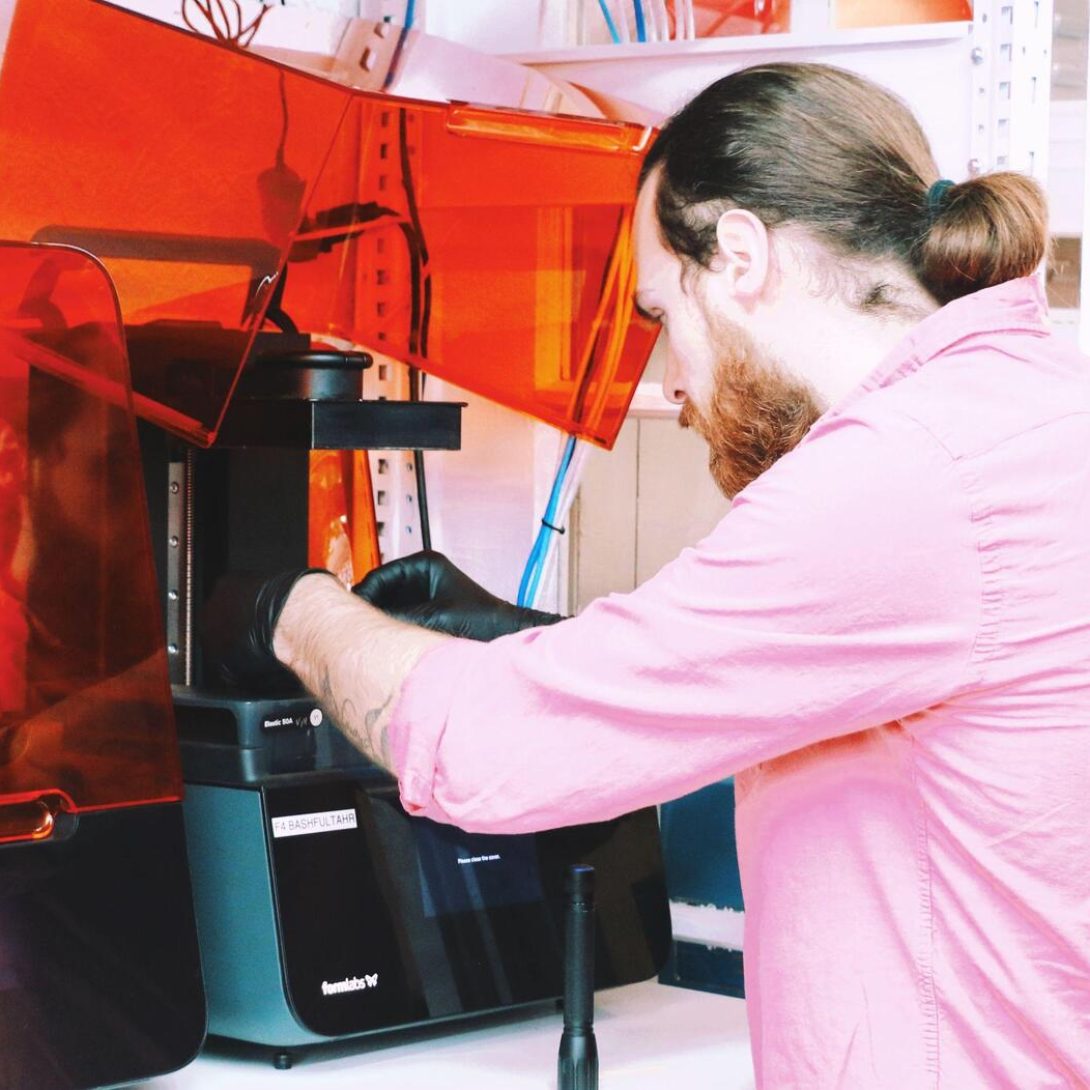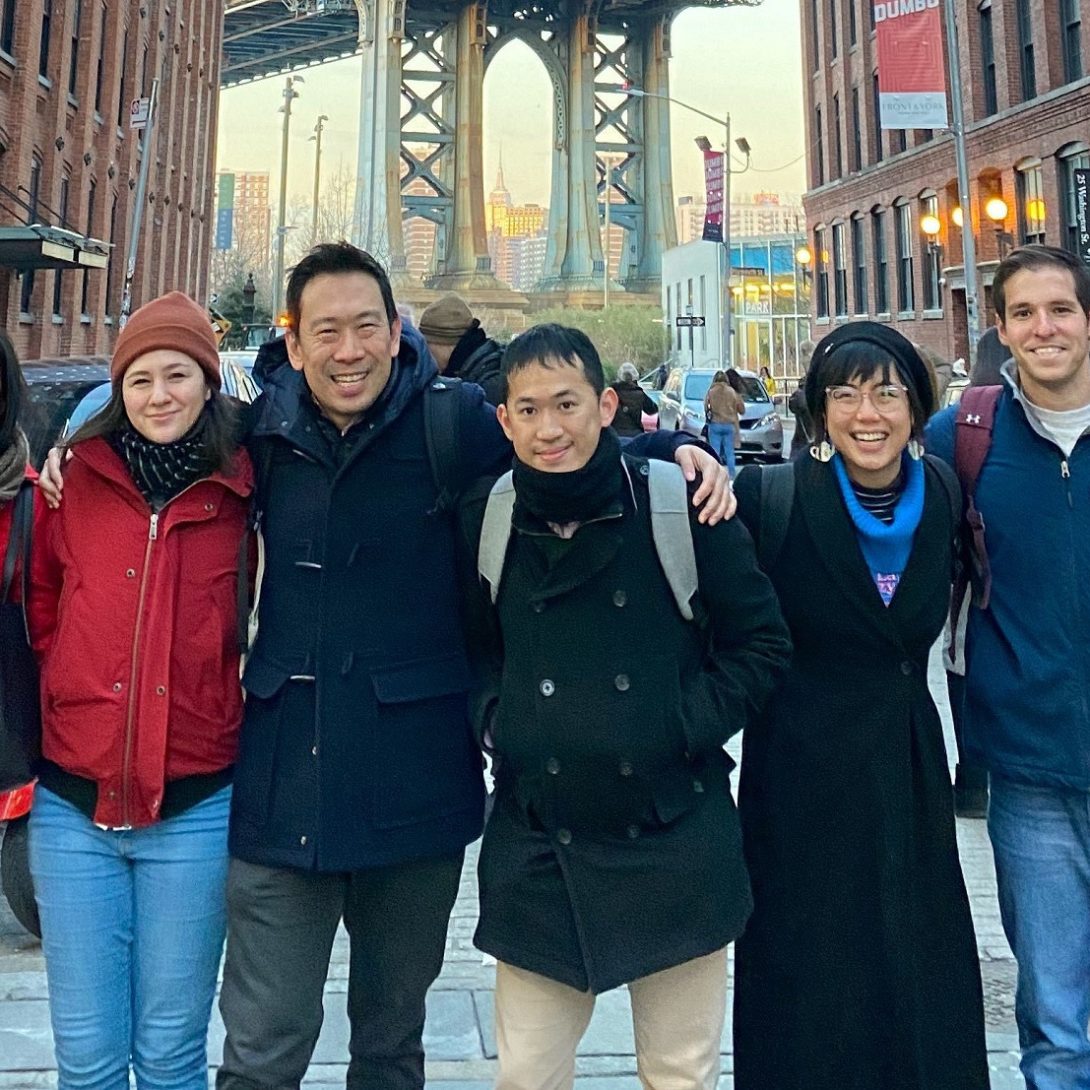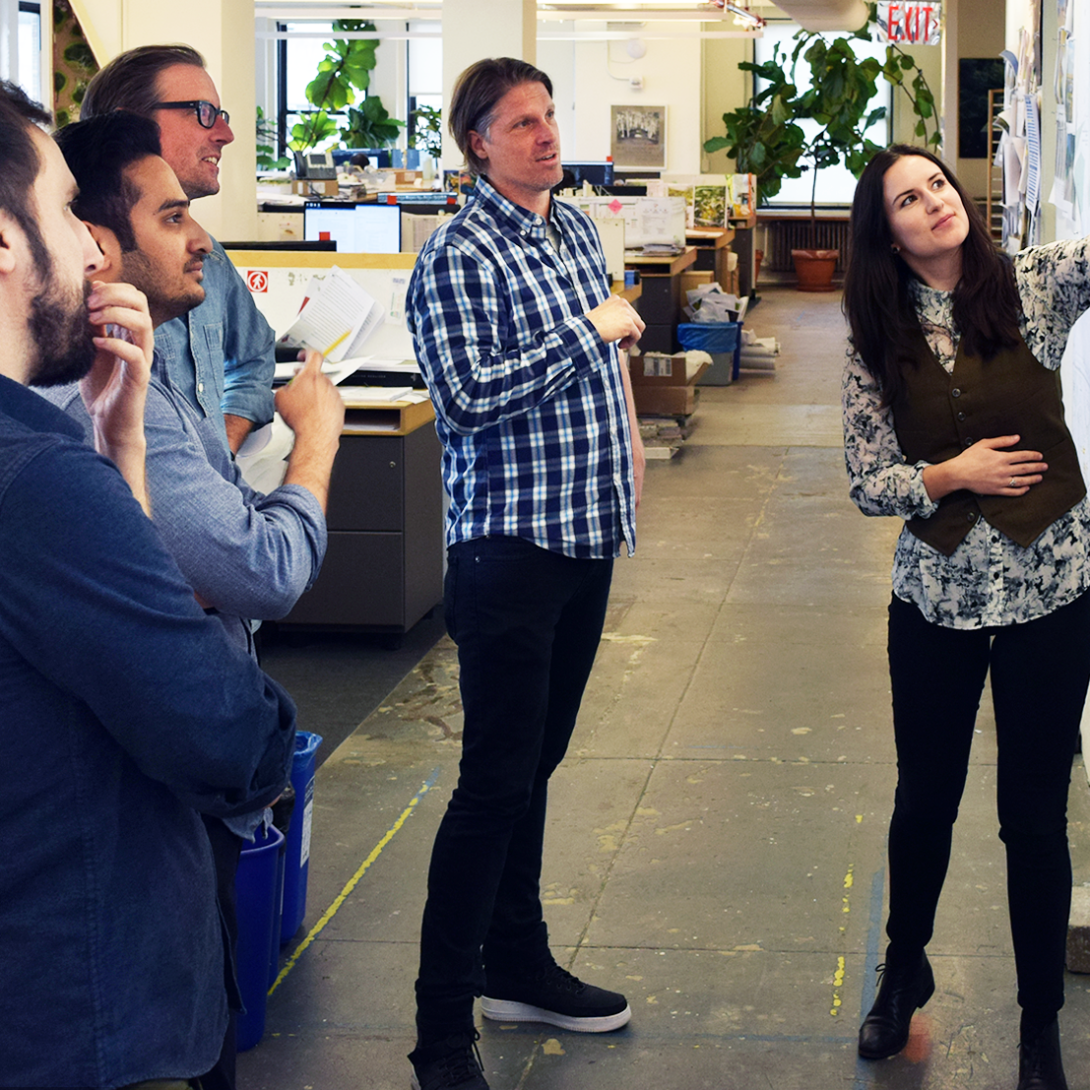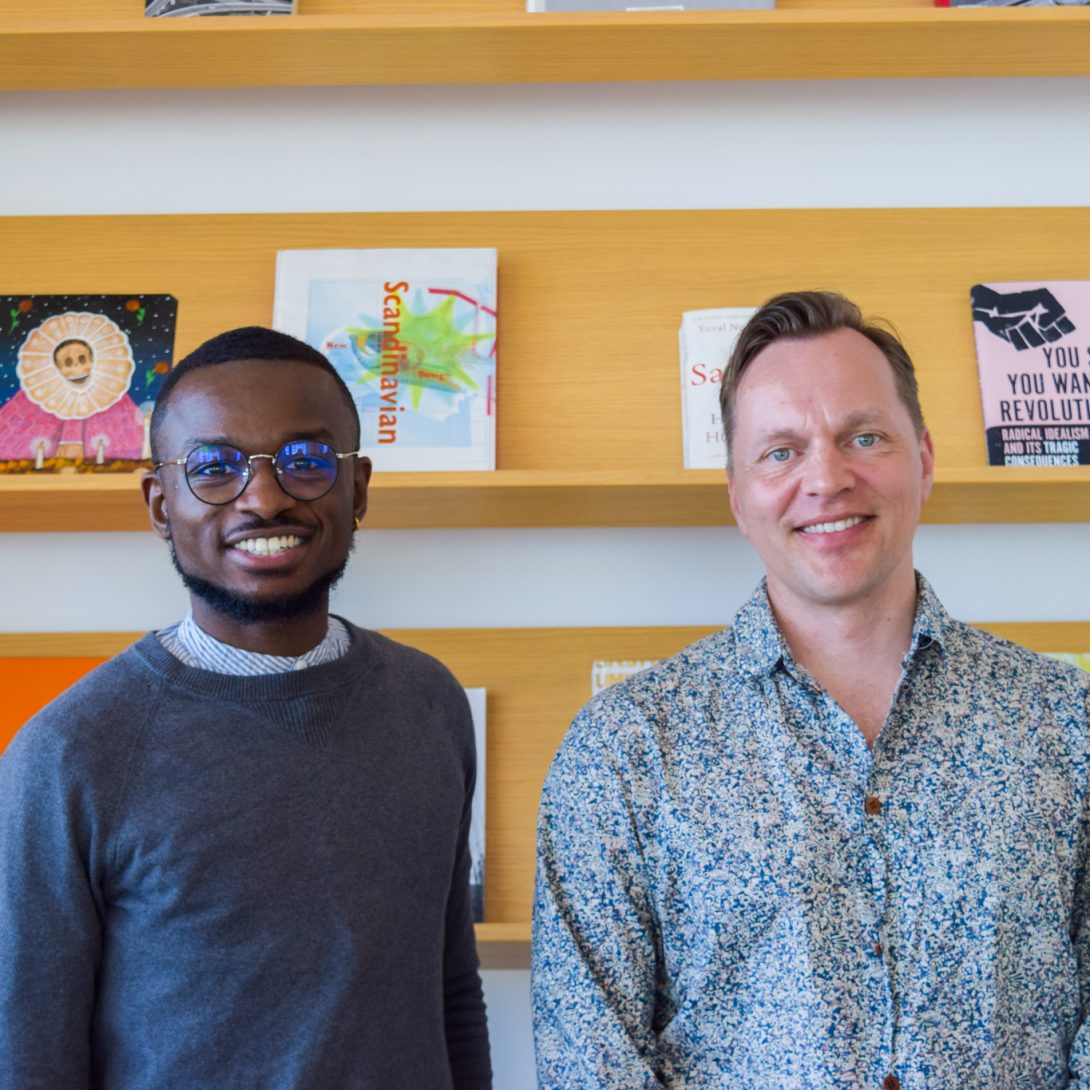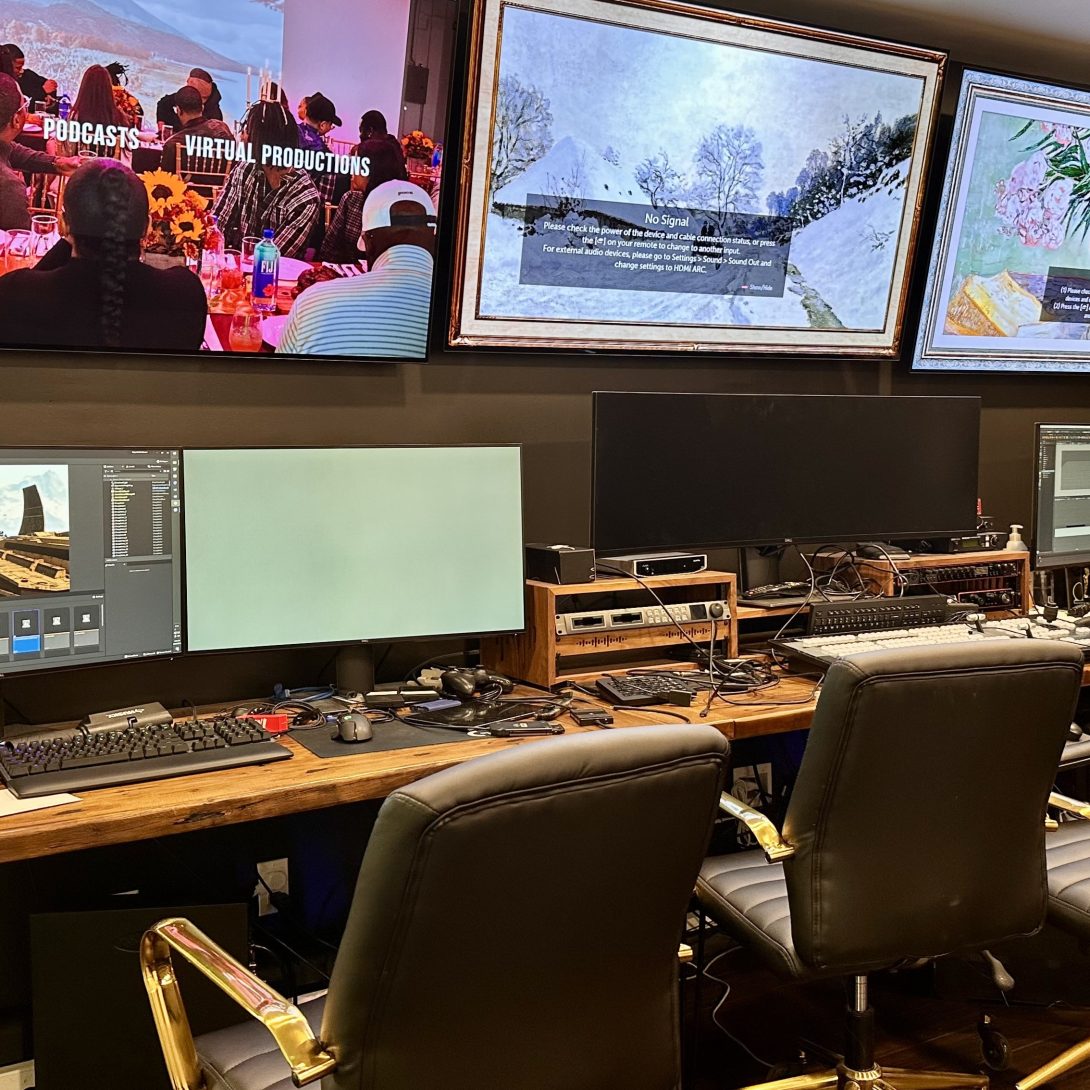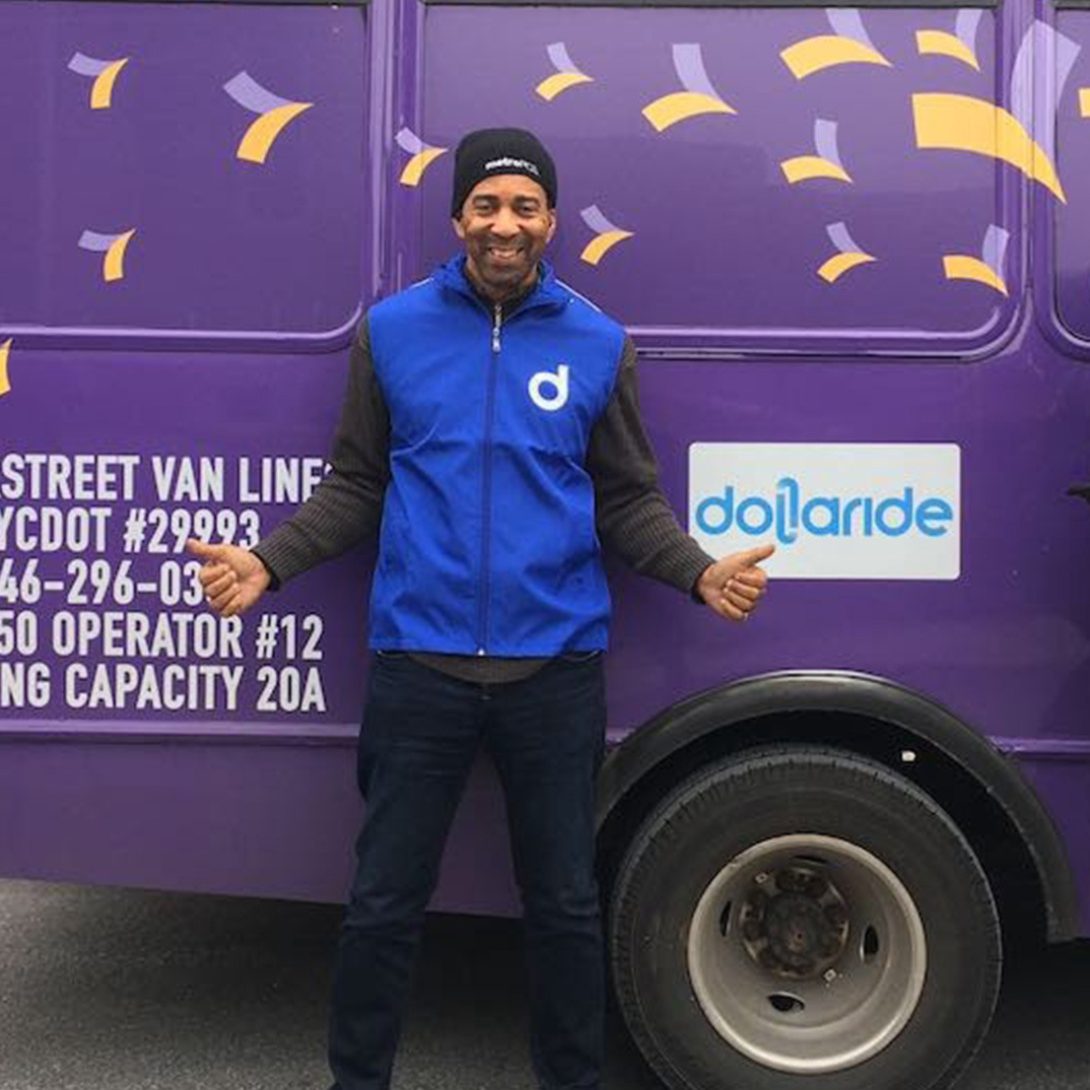Field: Education
Est: 1997
NYC HQ: 44 Court Street
National non-profit Bottom Line partners with degree-aspiring students of color from under-resourced communities to get into and through college and successfully launch a career. With its NYC office located on Court Street in Downtown Brooklyn, they support thousands of students city-wide. The organization was founded in Boston in 1997 by Dave Borgal, a high school guidance counselor helping students from low-income backgrounds and communities of color get into college. He realized students needed support on campus too; the barriers to success did not end at matriculation.
With high levels of success, the organization expanded to New York in 2011. Over the past 26 years, Bottom Line has expanded to 146 employees nationwide, opening offices in Chicago in 2014 and are currently expanding their work to Ohio. The Downtown Brooklyn office has 46 employees – growing from 5 at its inception 12 years ago. Having recently received a $15 million grant from MacKenzie Scott’s Yield Giving, the organization is in a period of significant growth, with new capacity to work with students in NYC and beyond. We had a chance to speak with Victoria Coker, Executive Director of the New York office, about how she and her team are leading this amazing work and the growth that is on the horizon.
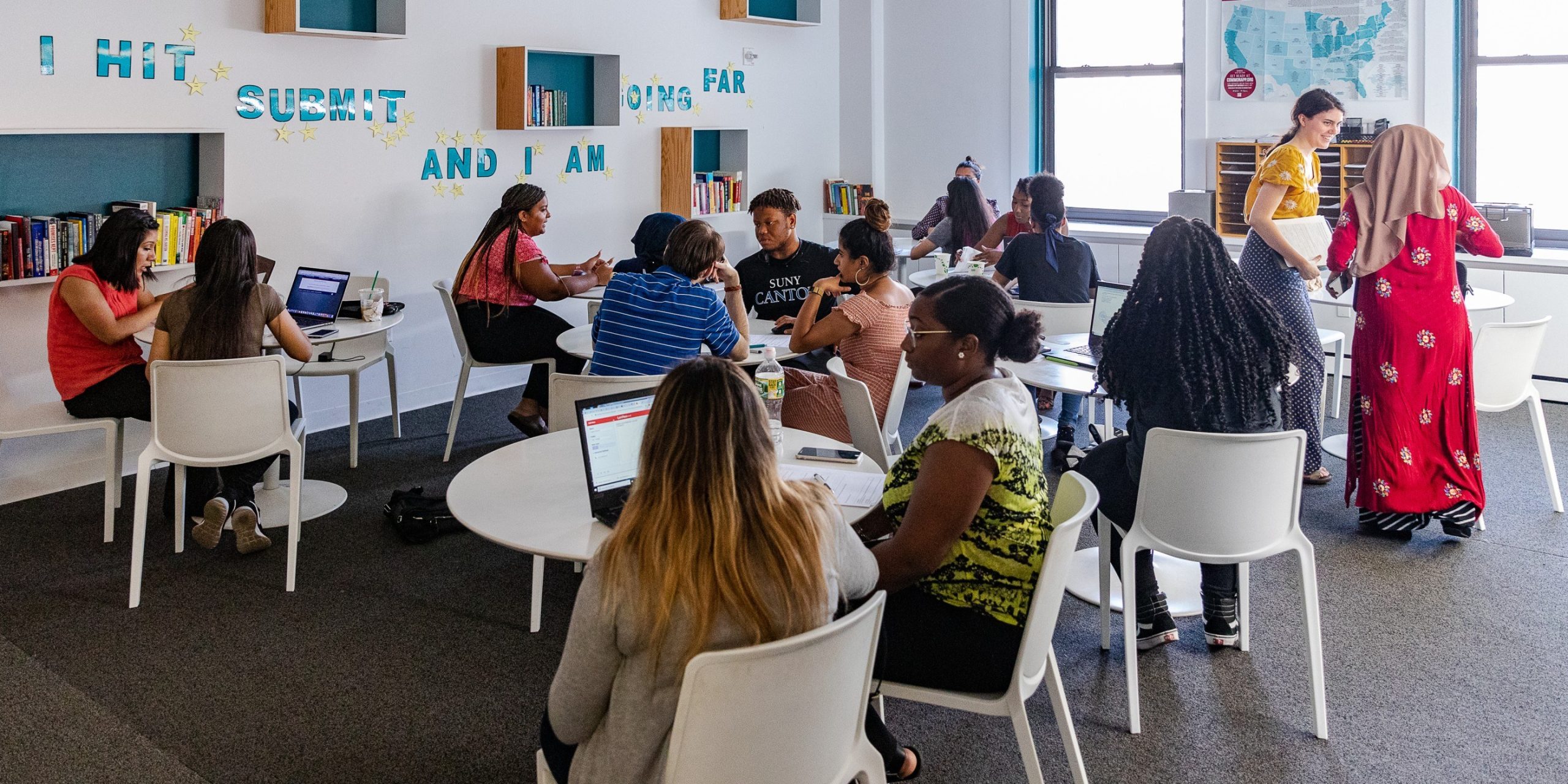
DBP: Can you give us an overview of the mission and initiatives at Bottom Line?
Victoria: Bottom Line’s mission is to partner with students from underserved and low-income backgrounds and communities of color. We have two core programs, the first is College Access, a high school access program where we support students through the college process during their senior year of high school. They come to us and knowing they want to go to college but aren’t entirely certain how to get from point A to point B. We pair them with a full-time trained advisor from our Bottom Line staff who carries a caseload of students and shepherds them throughout the entire application process. From creating a target college list, to writing essays, completing applications, and financial aid; they ultimately help students make really informed college decisions. In New York this year we have about 400 students in our College Access program, serving students from all five boroughs with a large contingent in Brooklyn, given that’s where our offices are, but we remain agnostic as to where students are coming to us from.
Second, we have our college persistence program called College Success, with which we support students while they’re enrolled in college. With the same one-on-one intensive advising model at the college level, full time trained advisors have caseloads of students, supporting them with any barrier that might be standing in the way of persistence. That could be academics, financial issues such as renewing financial aid applications (we have a small emergency fund), and general life. Most of our students are the first of their families to attend college and support may be provided by helping to normalize adversity they may face. We can also help them with time management, a roommate issue, or accessing resources to address food or housing insecurity, mental health resources – anything in those lanes. With a view to employability, we also help our students expand their professional networks, build their resumes, write cover letters, and gain valuable work experience during their college career. This helps students graduate to a well-paid, full-time job offer in an industry that they’re excited about. All paths aim to set them and their families up for economic security and mobility.
We have about 1,800 students in college in New York this year, and about 2,300 total in the region, with additional growth on the horizon. A few years back, our work was vetted by a randomized controlled trial, which is the gold standard in non-profits, to gauge how effective our work is. We had statistically significant positive results in terms of both college choice and then college graduation, so we’re really excited to expand on those strong results as we continue to grow our programming.

DBP: Are you planning to open more offices?
Victoria: Thanks to the $15MM grant we received, we’re undergoing both national and regional strategic planning processes. The national plan is looking at expansion beyond our current regions, so yes, we are going to expand to new cities, but I can’t tell you where or when yet. Growth is on the horizon!
We also do some training work with what we call “learning labs,” which adopts a “train the trainer” mindset and teaches others to deliver the Bottom Line model within their own organization. Within our New York strategic planning process, we’re thinking through what the scope of our capacity is, specifically how many students we’re able to serve in the city. We are figuring out what the unmet need is in NYC right now and acknowledging that there is a tremendous number of students who meet our demographic markers, and that there’s also a lot of other support services and organizations that are doing similar work.
Additionally, there is a fundraising component part of our strategic planning process. The way that the Scott funds are being used is to form the processes and then to resource the findings of them in a way that feel impactful and expansion oriented.
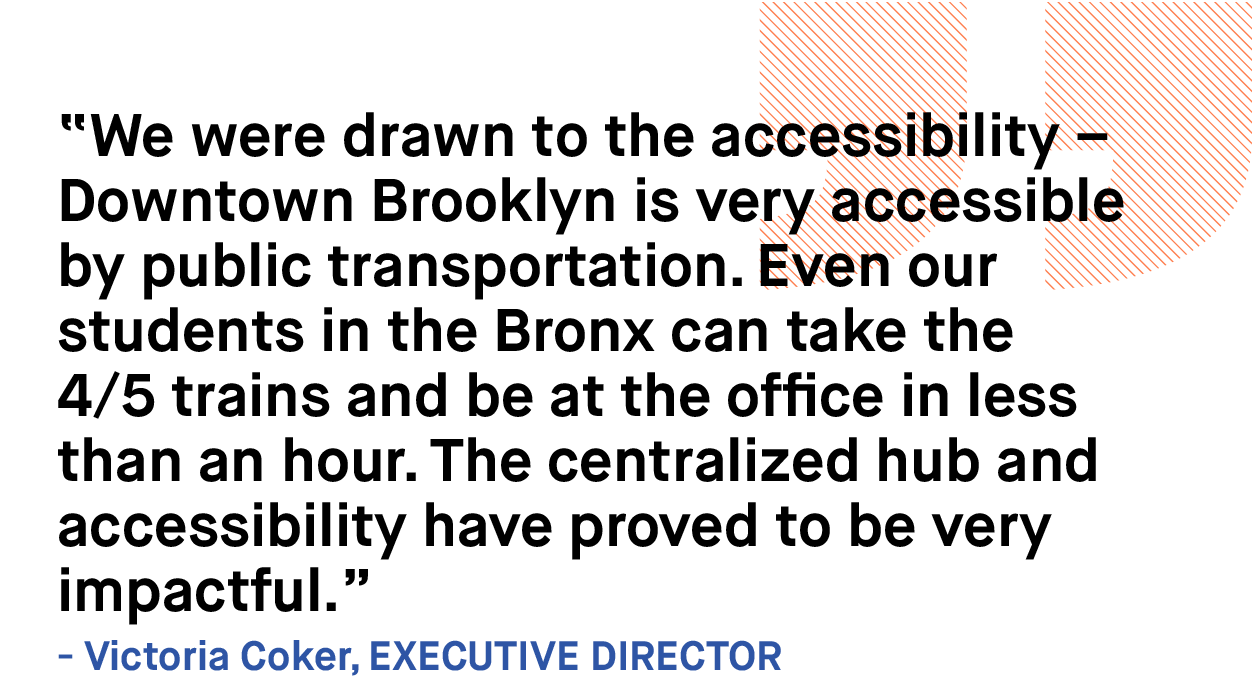
DBP: Is there a hybrid model to how you support students? Do you meet one-on-one, or do they access resources virtually?
Victoria: Pre-pandemic our entire model was in-person. What that meant for our high school Access students was that they came to the office for every meeting. For our college students we actually go to their campus; whether it be in New York City at Baruch or Hunter, or outside the city, to Buffalo State, New Paltz, Stony Brook, etc. When the pandemic hit, we had to shift everything to fully virtual very quickly and coming out of that realized that a hybrid approach makes the most sense. That’s to say, we now have a mix of in-person and virtual meetings for both our high school and college students. This is also the first year in New York that we’re piloting place-based services for our high school programming in three Brooklyn-based high schools. Science Skills Center High School in Downtown Brooklyn, Clara Barton High School in Crown Heights, and International High School in Prospect Heights. Instead of students coming to our office we have an advisor who goes to those three schools and delivers services on campus, similar to the way we are doing our college programming.
DBP: What brought Bottom Line to Downtown Brooklyn?
Victoria: A few reasons led us to Brooklyn. When the organization first came to New York it seemed like Brooklyn was one of the boroughs where students had lower access to services, and would be a good place for some of our supports to dig in. We were also drawn to the accessibility – Downtown Brooklyn is very accessible by public transportation. Even our students in the Bronx can take the 4/5 train and be at the office in less than an hour. The centralized hub and accessibility have proved to be very impactful. Also, I think just by the nature of being in the neighborhood and community we’ve sourced a lot of students from Brooklyn, this year about 43% of students overall. Additionally, St. Francis College, St. Joseph’s University, and City Tech are all local institutions that we partner with.
To learn more about the fantastic work at Bottom Line visit their website. Applications to the program are now open, click here to learn more and apply today.
If you have a company and are looking to find space in Downtown Brooklyn, please contact realestate@downtownbrooklyn.com.
